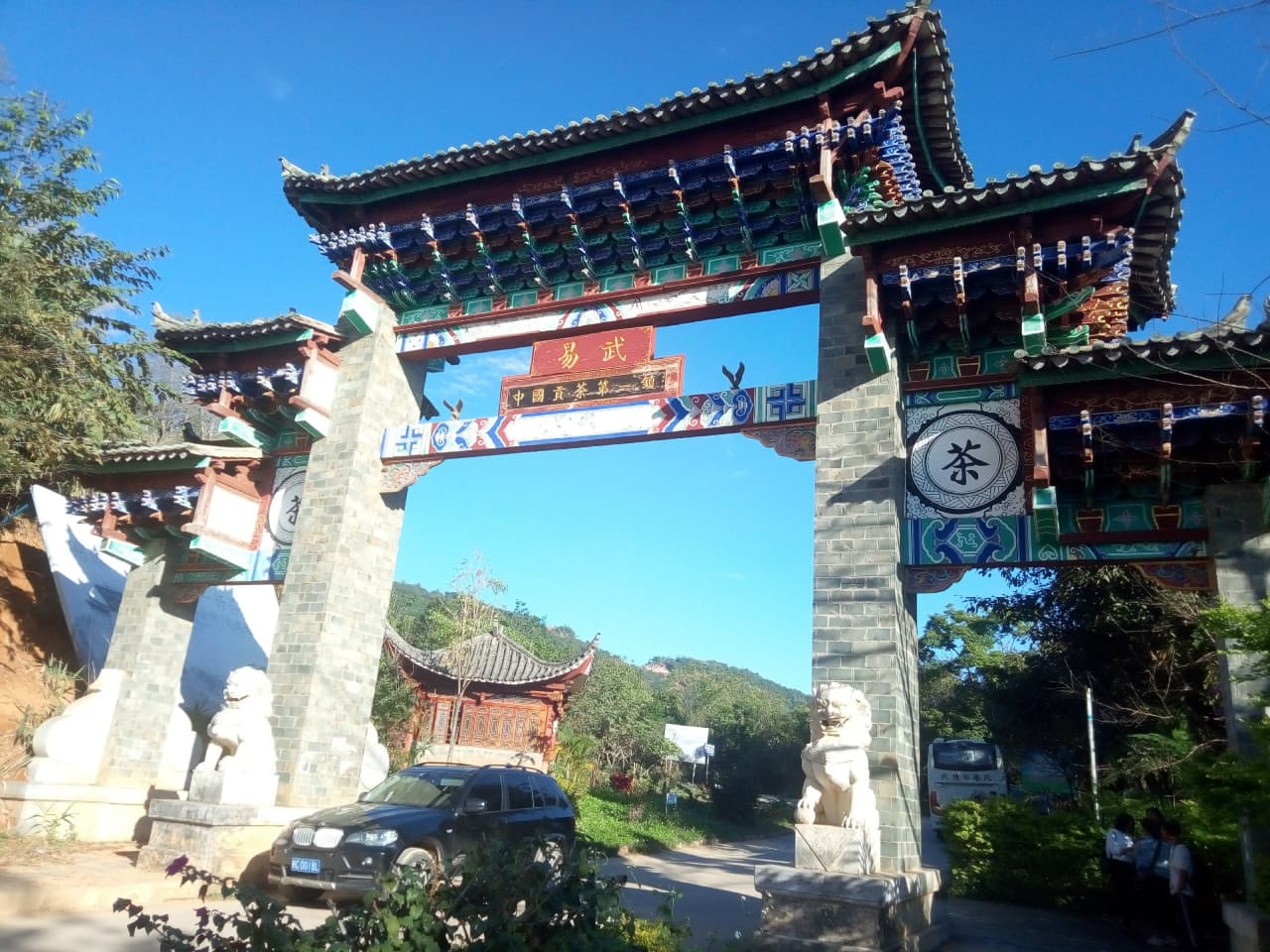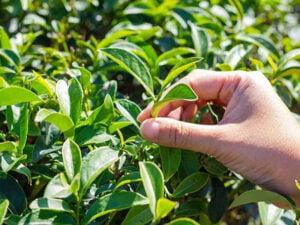“The Land South of Clouds”, “Cloudy South”, China’s fourth largest province, the beautifully colorful Yunnan, is located in the southwest of the country.
The geography and microclimate of the province are so diverse that you can experience all four seasons in one day, from the freezing winter in Tibet to the hot tropical summer in Xishuangbanna, and Kunming is the city of eternal spring! Much of Yunnan includes many mountainous areas. In the north, the foothills of Tibet, the peaks of some mountains reach a height of 6000 meters. To the south, the mountains are replaced by picturesque hills and valleys with fertile soils.
The three great rivers – the Yangtze, the Mekong and the Nag Chu – form an exceptional natural phenomenon. This natural phenomenon is renowned as the “genetic treasury of the world”, because all kinds of flora and fauna have been preserved here thanks to the climatic conditions. Including tea.
Yunnan Province is considered to be the origin of tea. And it is probably the oldest producer of tea. In the Xishuangbanna rainforest, where wild elephants roam, wild tea trees are also found. On our 2018 tea expedition, we visited the oldest surviving tea trees, which are 800 years old. With a mild and humid climate, hot summers, mild winters and sufficient annual rainfall, the red soil of Yunnan Province is abundant in organic matter. This area has always provided ideal conditions for tea growth.
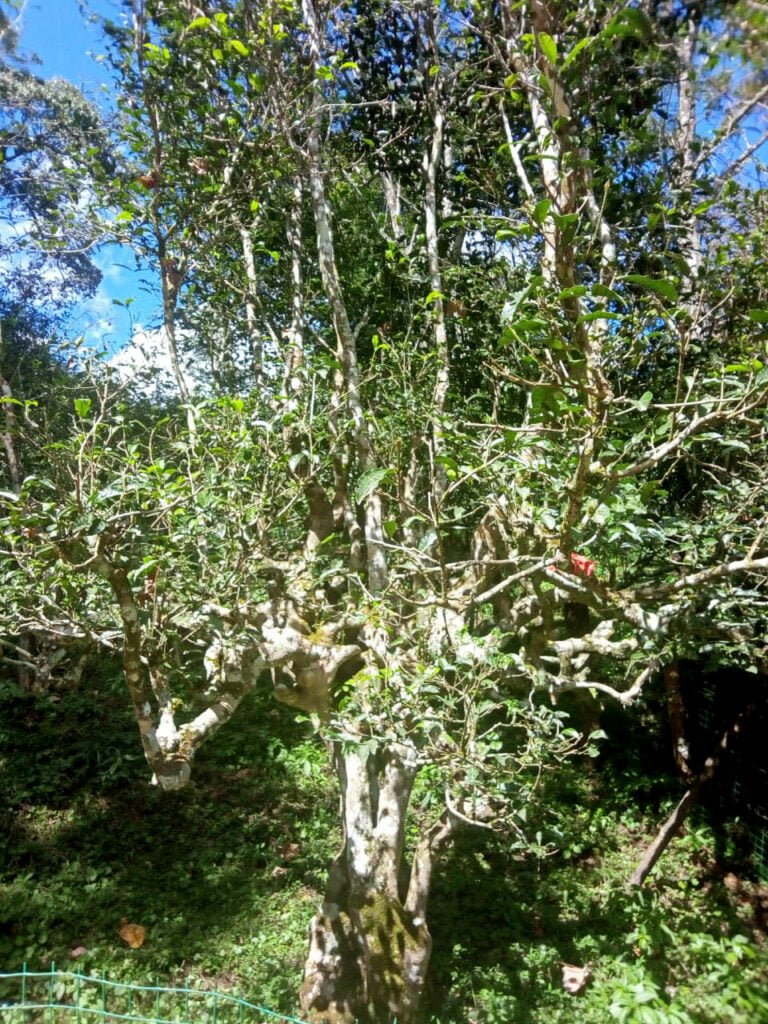
A little history
Tea has been cultivated in Yunnan since time immemorial (over two millennia) and until today they have been making pu’erh tea cakes, keeping faithful to the millennia-old tradition.
Some historical records indicate that in the territory of Yunnan even ancient Pu tribe began to use tea as an antidote and medicine, as well as in food.
Yunnan tea was widely popularized during the Three Kingdoms era. During the Tang Dynasty (7th-9th century), Xishuangbanna tea was sold in Dali and became a favorite drink among the nobility.
During the Song Dynasty (10th-13th century), Pu’er City became the starting point of the Ancient Cha Ma Gu Dao, the tea and horse route and remains an important trade exchange point to this day. Tea and horses were the main commodities on the Ancient Tea Route, which connected China with Tibet, Beijing and other southeast Asian states. Tea was not just a commodity, but a kind of bargaining chip and even a measure of distance (the number of cups of tea drunk was used to measure the length of the journey).
The puerh trade in Yunnan was at its peak until 1937, before the outbreak of war with Japan.
The modern history of Yunnan tea was revived in the mid-20th century with the advent of mechanized production. The first large tea factories in the Menghai, Xiaguan and Kunming districts initiated the mass production of puerh and the “fashionable puerh boom”. This, in turn, created a shortage of raw materials, which even neighboring countries (Vietnam and Laos) began to supply. But in 2008 it was legislated that real puerh tea is a product of Yunnan province, prepared according to a specially established technology from Yunnan large-leaf tea. The standard also describes the stages of tea preparation technology.
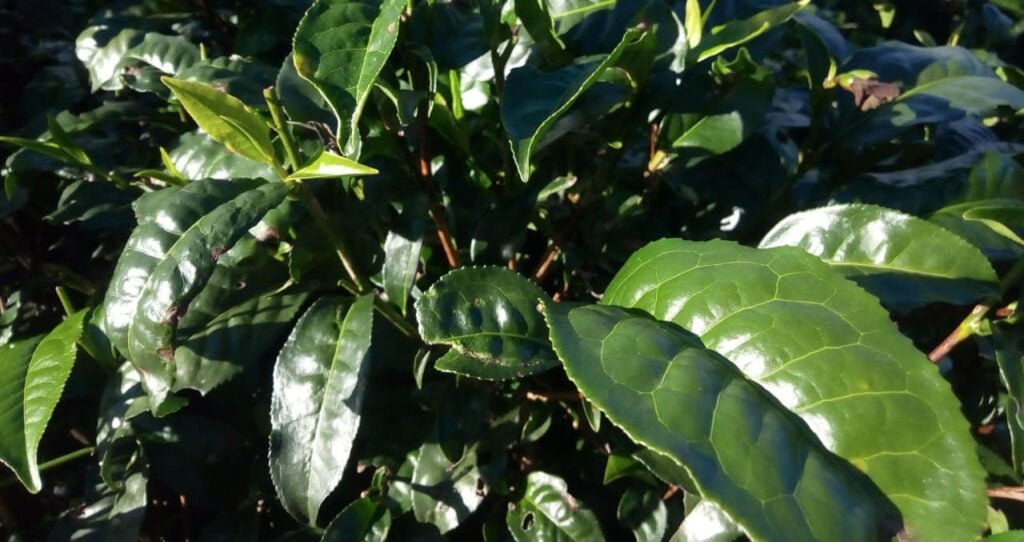
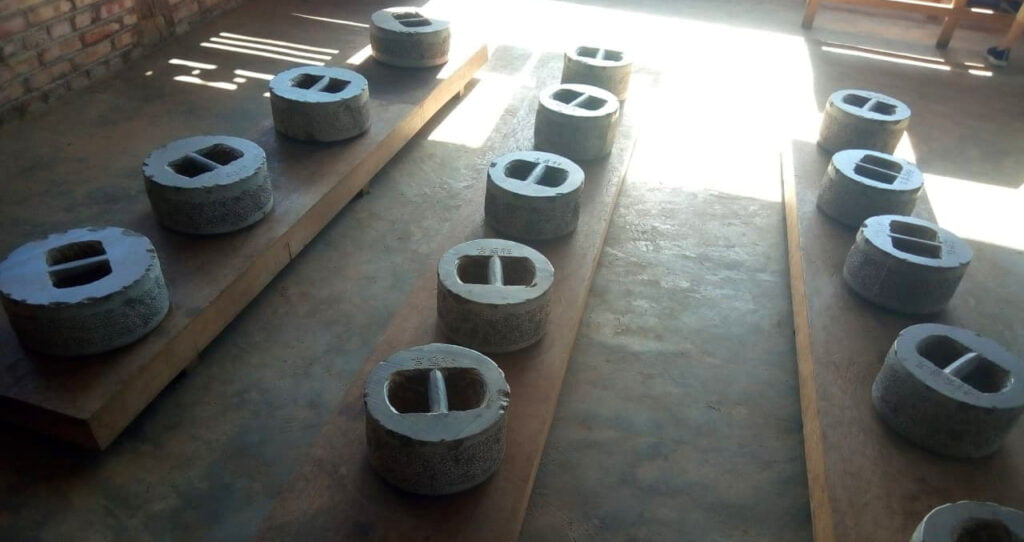
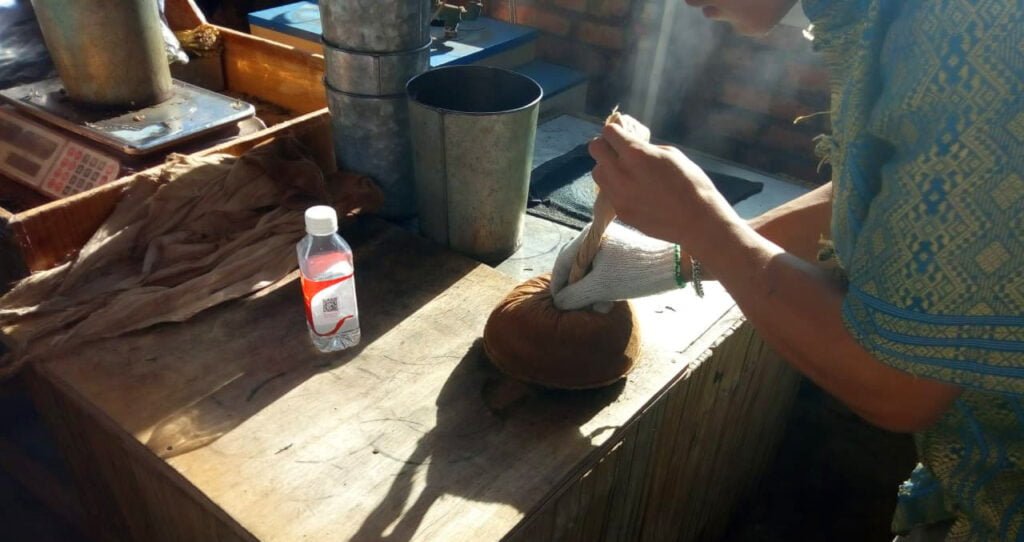
Tea places
The most tea regions of Yunnan are mainly located on hills, mountain slopes and fertile plains along rivers. Conventionally, there are five tea regions: West, South, Center, Northwest and Northeast. Naturally, the tea harvested in each of these regions has its own original taste and aroma.
- The Western region (Baoshan, Dehong, Ling’an, etc.) contains half of Yunnan’s tea plantations. It is mainly red, green teas and, of course, pu’erh.
- The southern region (Xishuangbanna, Pu’er, Simao, Wenshan, etc.) are large-leaf red teas and famous pu’erhs.
- The central district (Dali, Kunming, etc.) specializes in the cultivation of small- and large-leaf teas and puerh.
- The northeastern region (Dongchuan, Zhaotun, etc.) produces small-leaf red tea, some varieties of green tea.
- In the northwestern region (Lijiang, Nujiang, etc.), tea plantations occupy a small area, located at an altitude of 1700 meters above sea level, and in river valleys.
Among the most famous tea places in Yunnan, there are 6 Famous Tea Mountains: Yu Le, Ge Deng, Yi Ban, Man Zhi, Man Zhuang and Man Sa. And as our Yunnan tea friend told us, these are the 6 old tea mountains. Today, pu’erh is also popular from 6 new tea mountains: Bing Dao, Ban Zhan, Da Hu Sai, Yi Wu, Jing Mai.
In our tea expedition, we visited the tea cradle, the southern region, Yi Wu Mountain. And we singled out 2 places with the best pu’erh: Ban Zhang (stronger), and Yi Wu (has a milder character). Yi Wu town is small, most of the teas are produced in the villages nearby. Why is tea from Yi Wu so popular? The answer is one: flavor. In Yi Wu, the Great Tea and Horse Road began. This tea was supplied to the emperor. 150 years ago, Yi Wu was one of the regions of puerh production. Now Yi Wu is the center of this production. If you ask whether this horse path exists now, the answer is both yes and no. It does. But it is very complicated. It goes high up into the mountains, narrow, over a cliff, on a rocky path. It’s a dangerous path. In today’s world, there are easier and more convenient ways to deliver tea.
Yunnan is a land that harmoniously combines mountains and jungles, rivers and lakes, hundreds of temples, and many historical and natural attractions that both contrast and complement each other. The diversity of landforms, ethnicities, climatic conditions, authentic traditions, culture and of course tea make the province unique and unforgettable.
